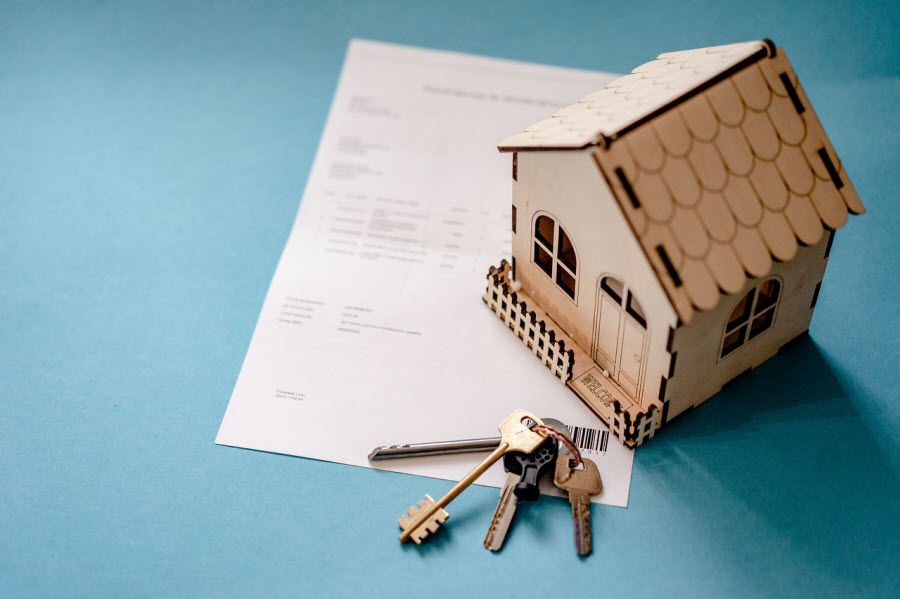
Heard real estate investors throw around the term “cash-on-cash return” but not entirely sure what it means?
While it might sound technical and complicated, it’s anything but. Especially since we have a free cash-on-cash return calculator that you can bookmark and use any time.
Cash-on-cash calculator aside, you should understand how to calculate cash-on-cash return yourself. Fortunately, it’s easy enough to do on the back of a cocktail napkin, even after using said napkin for its intended purpose.
What Is Cash-on-Cash Return?
Quite simply, cash-on-cash return is the net annual yield you earn on your own cash invested in a property or real estate deal. That includes your down payment, closing costs, and any out-of-pocket repair costs that you didn’t finance.
Put another way, it’s the percentage of your actual cash investment that you get back each year in cash flow.
You might see lazy bloggers abbreviate it as “CoC” or “CCR” (not to be confused with the classic rock band). Now you’ll know what the hell they’re talking about with their real estate investing lingo.
Among real estate syndications, cash-on-cash return refers to the same concept of how much yield you can expect to earn while holding the property.
The bottom line: cash-on-cash return measures a property’s rental income yield based on your personal cash investment.
How to Calculate Cash-on-Cash Return
There are two ways to calculate cash-on-cash return on a real estate investment.
Most commonly, people simply divide the annual net cash flow over their initial cash investment. The equation looks like this:
Net Annual Cash Flow
________________________________________________
Initial Out-of-Pocket Investment
To use easy numbers, if you put up $10,000 of your own money in a rental property investment, and you earn $800 per year in net cash flow from it, then your cash-on-cash return is 8% ($800 / $10,000 = 8%).
Alternatively, some investors add their principal paydown for the year to their annual cash flow and include that as part of their CoC return. This cash-on-cash return formula looks like this:
Net Annual Cash Flow + Principal Paydown
________________________________________________
Initial Out-of-Pocket Investment
Continuing the previous example, if you earned $800 for the year and paid the principal balance on your rental property loan down by $500, you’d have a CoC of 13% ($800 + $500 / $10,000 = 13%).
Cash-on-Cash Return Calculator
While you should know how to calculate your cash-on-cash return including all rental property expenses — and we’ll run through a detailed example below — you can make your life easier with a cash-on-cash calculator.
Without further ado, start playing around with this free cash-on-cash return calculator. It includes a mortgage calculator to streamline your cash-on-cash return calculation.
As you can see, the terms of your loan can have a huge impact on your cash-on-cash returns. Higher interest rates or shorter loan terms can leave you with negative cash flow if you’re not careful.
Example Cash-on-Cash Calculation
While the formula for cash-on-cash return outlined above is simple enough, it glosses over some important details. Let’s dive a bit deeper into an example real estate transaction.
Say you buy a property for $100,000, cough up $4,000 in closing costs, and another $1,000 in updates to get it rent-ready. You take out an $80,000 rental property loan, which means you’re investing $25,000 of your own personal cash in the deal ($20,000 down payment, $4,000 closing, $1,000 repairs). So far, so good?
You rent the property for $1,200. As for your operating expenses, they average:
-
- Mortgage Payment: $479.64 per month (6% interest for 30 years), which comes to $5,756 per year
- Property Taxes: $100 per month / $1,200 per year
- Insurance: $66.67 per month / $800 per year
- Repairs & Maintenance: $156 per month (13% of rent) / $1,872 per year
- Property Management: $120 per month (10% of rent) / $1,440 per year
- Vacancy Rate: $60 per month (5%) / $720 per year
That puts your total annual expenses at $11,788. Subtract that from your gross annual income of $14,400 and you get $2,612 in net annual cash flow.
Divide that $2,612 pre-tax cash flow over your $25,000 cash investment and you get (drum roll please…) a 10.45% cash yield.
Difference Between CoC & Other Return Calculations
Cash-on-cash return is only one way to calculate return on investment for real estate. Though a useful measure of income yield, it doesn’t tell you everything.
Another common metric is capitalization rate or cap rate. While cap rates also measure yield, they don’t include financing as part of the calculation. Cap rates simply show how a property’s net operating income (excluding loan payments) compares to its purchase price.
Bear in mind that most investment properties also earn returns from appreciating, not just cash flow. Cash-on-cash returns don’t reflect appreciation in value, unlike total return calculations like internal rate of return (IRR). Those calculations combine both the income you collected while owning the property with your profits from selling, and show you the annual return that you effectively earned on your initial investment.
Cash-on-Cash Calculation FAQs
Still have a few questions about how cash-on-cash returns work in the real estate industry? Here are a few common ones about CoC returns and passive income from potential properties.
What’s a Good Cash-on-Cash Return?
Well, there’s a loaded question if I’ve ever seen one.
It depends, of course. Some people invest more for yield, while others invest more for appreciation. If you’re primarily investing for cash flow, and don’t expect much appreciation, you might aim for at least 8-10% cash-on-cash return. If you invest in a hot real estate market with strong population and economic growth, where you expect property prices to boom over the next decade, you might accept a lower 4-7% yield on your investment.
Personally, I like to see cash-on-cash returns of at least 8%, and figure I can count on at least 2% annual appreciation to give me a combined return of 10%. That rivals historical stock market returns.
In theory, you could earn infinite returns if you pull all of your cash back out of the property with the BRRRR method.
Assuming the property still generates positive cash flow, that is. Make sure you don’t buy a liability that loses money each year, rather than an asset that cash flows!
(article continues below)
Is Cash-on-Cash Return the Same as Cash Flow?
No — cash flow measures the total dollar amount that you net each month (or year), while cash-on-cash return is a percentage of your initial investment.
In the example above, you earned a net annual cash flow of $2,612 or monthly cash flow of $217.67, and a cash-on-cash return of 10.45%.
Are Income Taxes Included in Cash-on-Cash Calculations?
No. Otherwise, cash-on-cash returns would be different for each investor depending on their income tax rate, rather than reflecting the investment itself.
When to Use Cash-on-Cash Returns
Use a cash-on-cash return calculator for income properties that you plan to hold for at least a year or two. Cash-on-cash returns measure income yield, not one-time returns from flipping houses.
In particular, cash-on-cash returns work well for comparing potential investments. All else being equal, if you can earn a 10% cash-on-cash return on one rental property but only 8% on another, it makes more sense to buy the property yielding 10% on your money.
While CoC returns are arguably the most important metric for comparing income properties, it’s not the only one. Calculate cash-on-cash returns in combination with other screening metrics such as cash flow, cap rates, and potentially IRR if you plan to hold the property long-term.
Fortunately, you can run the numbers in a cash-on-cash return calculator in under 30 seconds, making it extremely easy to do.♦
Still have questions about how to calculate cash-on-cash return? How do you analyze the potential returns of a commercial property or single-family rental?
More Real Estate Investing Reads:
About the Author

G. Brian Davis is a landlord, real estate investor, and co-founder of SparkRental. His mission: to help 5,000 people reach financial independence by replacing their 9-5 jobs with rental income. If you want to be one of them, join Brian, Deni, and guest Scott Hoefler for a free masterclass on how Scott ditched his day job in under five years.

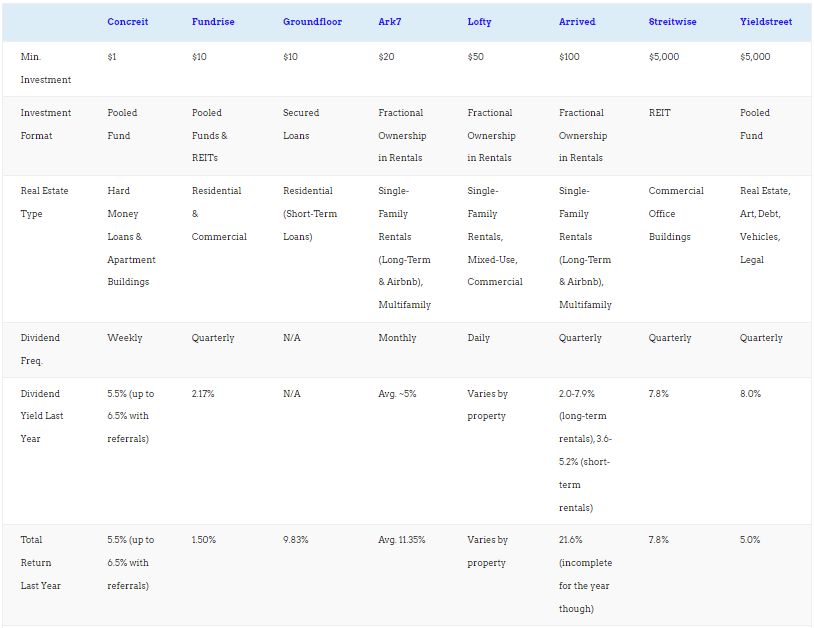







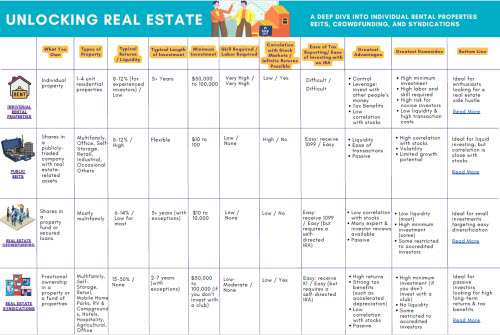



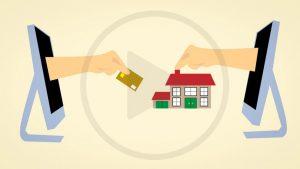

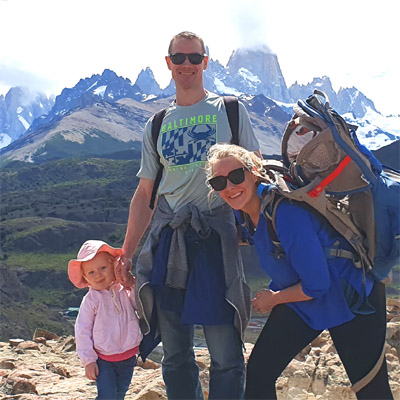


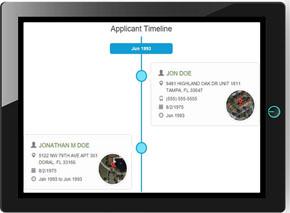




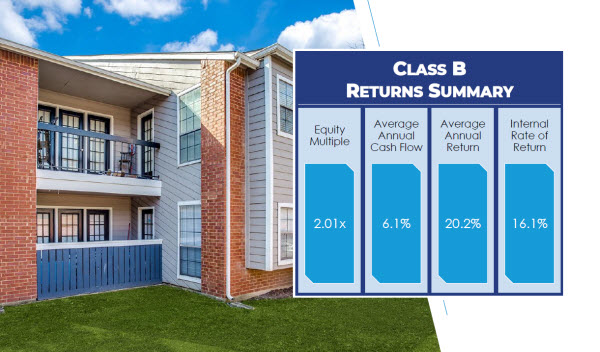
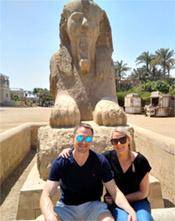


Very helpful for non-accounting majors like me 🙂
Glad to hear it Jefferson!
Great tool to identify when to reinvest! Thanks for sharing!
Thanks Erika!
I’m new to investing and I find this useful!
So glad to hear it Tina!
Cash on Cash is my go-to metric when evaluating a potential real estate buying opportunity. It doesn’t show the whole picture but is a great starting point.
Agreed Mike!
Thank you for the in depth explanation!
Can’t help but practice doing financial analysis. It’s better to be in the know than to have negative cashflow!
Very true Ralph!
Always important to know the lingo. Thanks guys.
Very true Rizza & Luigi!